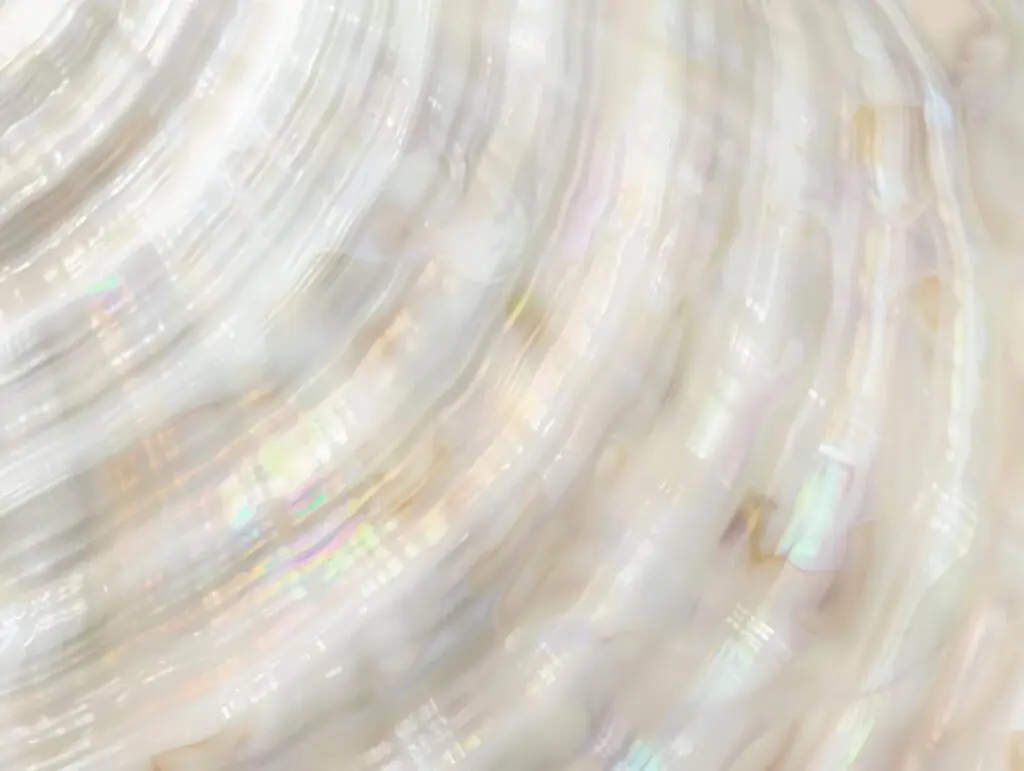The process of a PRP facial begins with a simple blood draw, typically from the arm. Once collected, the blood is placed into a centrifuge, where it is spun at high speeds to separate the different components, including plasma, platelets, and red blood cells. The platelet-rich plasma (PRP), which is loaded with growth factors and nutrients essential for tissue repair, is then isolated and prepared for facial application. To enhance the effectiveness of the PRP, it is often used in combination with microneedling, where fine needles create tiny channels in the skin. These micro-injuries encourage the skin’s natural healing mechanisms and allow the PRP to penetrate deeper into the layers of the skin. Once applied, the PRP works to stimulate collagen production, regenerate damaged skin cells, and improve overall skin texture. Over the following weeks, as the growth factors continue to boost cellular renewal, patients will notice smoother, firmer, and more even-toned skin. PRP facials are minimally invasive and typically involve little to no downtime, making them an excellent choice for those seeking a quick and effective skin rejuvenation treatment. Results are long-lasting, often visible for several months, with continued improvement in skin appearance over time.
PRP facials utilize your own blood to extract platelet-rich plasma, which is then reintroduced into your skin. This approach minimizes the risk of allergic reactions or adverse effects, as the treatment is derived from your own biological material, ensuring a high level of safety and biocompatibility.



